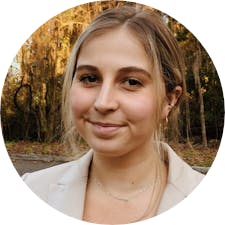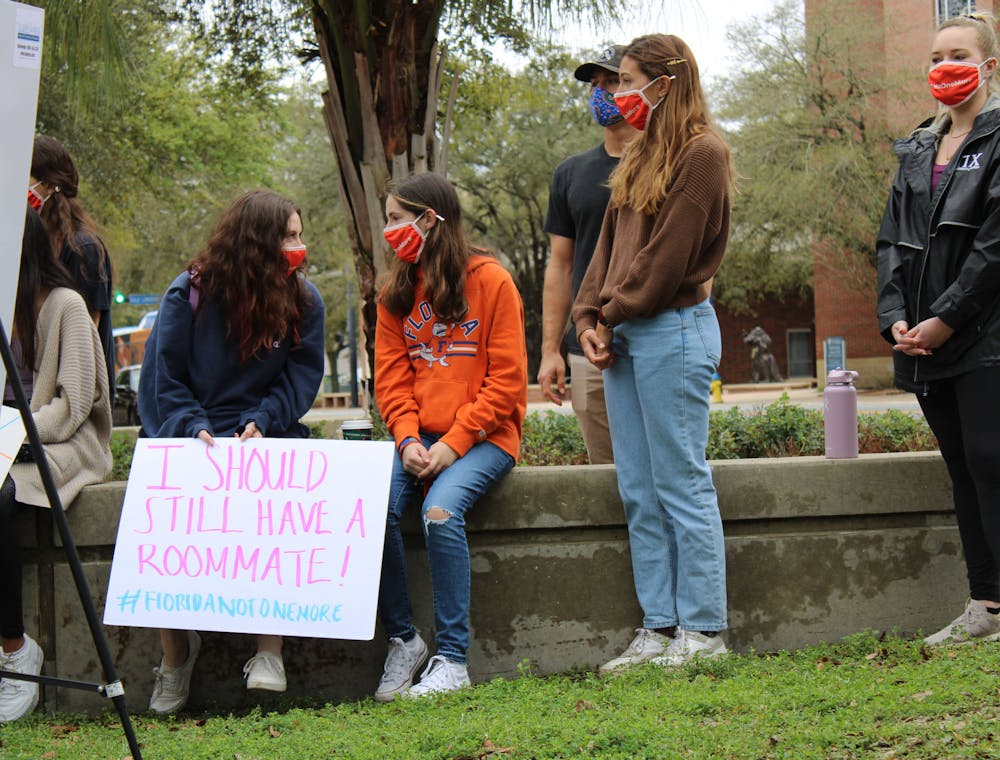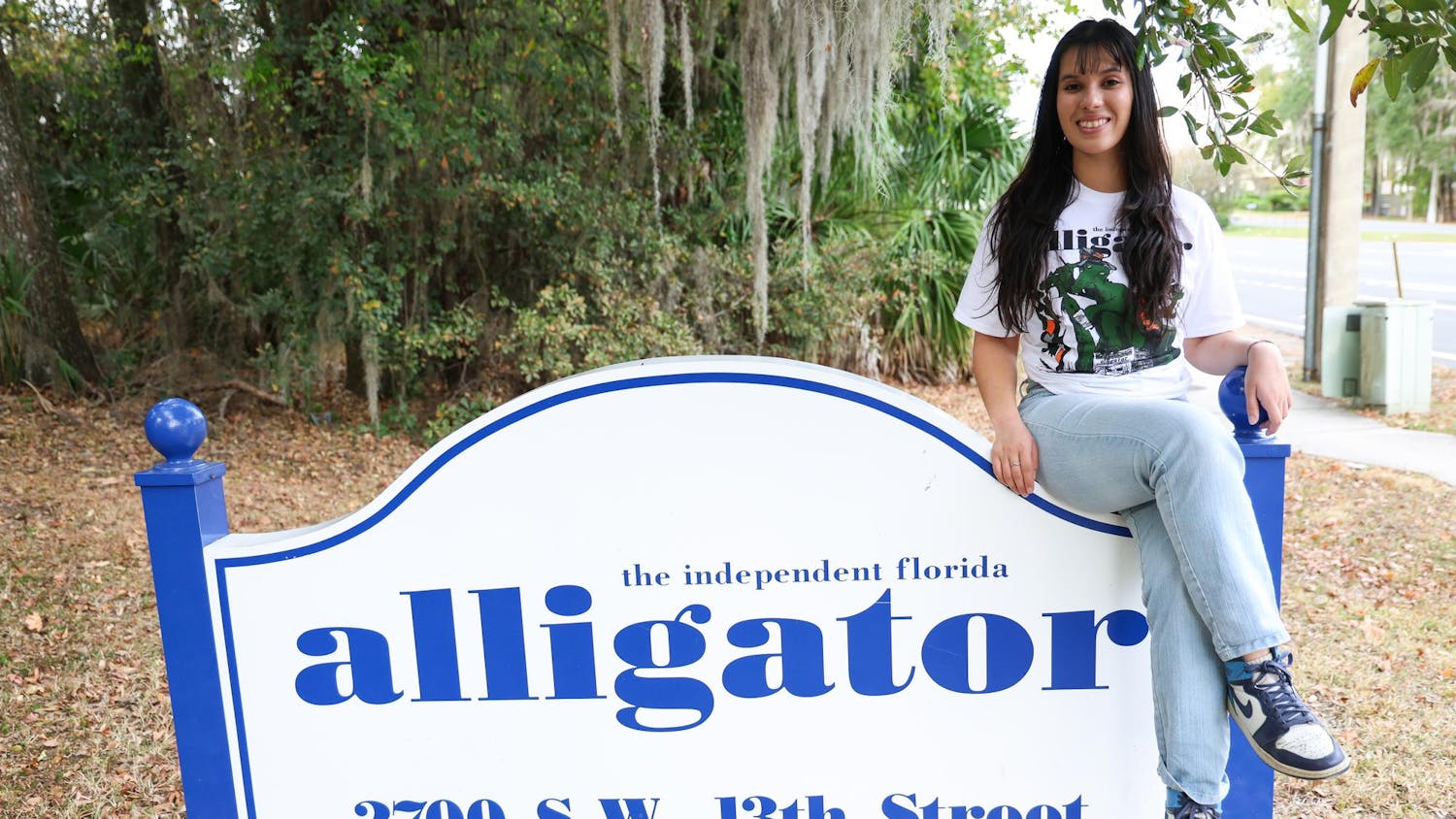When Fernando Ocon walks or drives to UF’s campus, he avoids University Avenue and takes another route. It’s an inconvenience, but he feels it may save his life.
The 21-year-old information systems sophomore believes for pedestrians like him, the road between Southwest 34th Street and 13th Street is dangerous and confusing after this semester’s fatal crashes.
"The loss of fellow students feels personal to all of us,” Ocon said. “I just don't feel safe walking on that road, and I know I am not alone.”
After years of student deaths on University Avenue — most recently the deaths of UF students Sophia Lambert and Maggie Paxton — the road may finally see reform after community cries caught the attention of city, county, UF and state officials.
Following the crashes, organizations like Florida Not One More and Gators Against Student Pedestrian Deaths quickly made phone calls and flooded UF and the Florida Department of Transportation with emails asking for speed limit reductions, pedestrian barriers and clear signage to ensure pedestrian safety.
Residents, activists and students have demanded structural changes like speed bumps and raised crosswalks. Prompted by the tragic loss of life, city commissioners responded to the incidents and the city took control of a stretch of University Avenue from 34th to 13th Street, which was formerly a state road.
The Gainesville Police Department created a traffic enforcement initiative called Gator STEP, while UF Student Government also proposed to make sections of University Avenue a school zone with reduced speed limits to improve on-campus road safety.
Despite these efforts from authorities to improve safety on the road and across the city, doubts over pedestrian and cyclist safety persist. Concerned parents, students and citizens remain skeptical of the road’s design and constant construction along it, as well as the safety of the sidewalks.
Lisa Hammer, mother of a UF sophomore, helped start Gators Against Student Pedestrian Deaths (GASPD), a parent and student group that advocates for traffic safety on University Avenue and Gainesville after the car crash that killed 18-year-old first-year UF student Sophia Lambert.
When Lambert was hit by a car along with four other students on the night of Jan. 16, parents took to Facebook and made posts encouraging each other to check in with their children, she said.
Hammer, who lives in Chicago, was worried about her daughter’s safety.
“Fear just instills in you,” she said. “You send your kid away for college. Your main hope — No. 1 — is that they come back alive.”
Hammer couldn’t stop thinking about how horrible the crash was, so she emailed Gainesville and UF officials asking them to create a safer road.
“You can not be a top 6 university and then have two student pedestrian deaths,” she said.
Hammer helped create GASPD after she and about 20 parents attended a virtual Gainesville Citizens for Active Transportation meeting. She and other members realized there needed to be a group for students, parents and Gainesville citizens to discuss pedestrian safety. Within a week, GASPD had over 1,000 members after Hammer and others created Facebook posts to spread awareness about the dangers of University Avenue.
Although the City of Gainesville, UF, the state and advocacy groups have made progress toward a safer road, Hammer said there is still a lot left to be done. GASPD plans to continue to pressure UF and FDOT to make necessary changes.
Many students cross West University Avenue by foot to get to their homes, buy groceries and visit restaurants and bars. Although the road is not part of UF’s campus, it connects the College Park, University Park and Palm Terrace neighborhoods with the university.
More than two months ago, GPD implemented the Gator STEP traffic safety program, which aims to increase high-visibility traffic enforcement on busy streets around campus. GPD pulled over about 2,951 people between the start of the program and March 14, according to the GPD Daily Bulletin.
The same bulletin shows there were 191 law enforcement interactions with drivers on University Avenue between March 22 and April 5 — slightly under the 131 interactions recorded in the first week of March alone. Speeding was the most common reason for pulling over drivers.
But on the street, pedestrians are unhappy with the overwhelming focus on enforcing laws already in place.

Kailey Kiss, a 20-year-old UF public relations junior who advocates for changes to University Avenue, believes senseless deaths should not be so common at UF.
“If my life were lost, I would expect my mom to advocate on my behalf, because I'm her daughter,” Kiss said. “With UF, if your students are dying, you know, that's your issue. That's your responsibility to advocate on their behalf and make sure not one more life is lost.”
Kiss said she was in her car at the stoplight of Buckman Drive on the night of Jan. 16 and saw the two-car crash that killed Lambert.
“I saw all the moments before, and for some reason I took everything in, and I blinked my eyes, and it was just like complete chaos the next seconds,” Kiss said.
Just over a month before, she mourned with her sorority sisters in Kappa Kappa Gamma over the loss of fellow sorority member Maggie Paxton, an 18-year-old UF natural resource conservation freshman. After these two deaths, she said she couldn’t sit around waiting for someone else to take charge.
“That's not ever going to be anything that I’ll erase from my memory, and I wanted from that moment on to make a difference,” she said. “I knew I was placed in both of those positions for a reason.”
Kiss led the initiative behind Florida Not One More, a student-run advocacy group for safety on University Avenue. She said the organization is pushing for speed bumps, speed tables and reducing the speed limit from 30 mph to 20 mph.
UF sent multiple emails to students and the UF community about the actions it would take to protect pedestrians, such as adding lighted message boards, permanent signage and repainting crosswalks to improve visibility.
Other organizations like GCAT have very similar requests, she said. The group she started is pushing for these changes to happen.
Kristen Young, vice president of GCAT, an organization that advocates to expand access and create safer paths, especially for bikers, said the dangers of University Avenue have been problematic for a while. In the 22 years she’s lived in Gainesville, she has witnessed and heard the community’s pain after yearly fatal crashes.
These include when a driver crashed into a group of cyclists in 1996 on Paynes Prairie killing two people and injuring others. She also remembers when a driver hit and killed a GPD officer, Lt. Corey Dahlem, after a Gator’s Basketball Championship game in 2007.
Students are transient, Young said, so it’s hard to maintain momentum toward change along University Avenue when students pass through the university every four years.
“There's no steel cage around pedestrians and bicyclists, so there needs to be special advocacy for these road users,” Young said.
Contact Anna Wilder and Emil Munksgaard Grosen at awilder@alligator.org and emgrosen@alligator.org. Follow them on Twitter @anna_wilderr and @EmilMunkGrosen.

Anna Wilder is a second-year journalism major and the criminal justice reporter. She's from Melbourne, Florida, and she enjoys being outdoors or playing the viola when she's not writing.

Emil Munksgaard Grosen is a news assistant for The Alligator and a sophomore who plans to double major in political science and public relations. Interested in civil rights and political communication, he dreams of becoming a lawyer and humanitarian.






